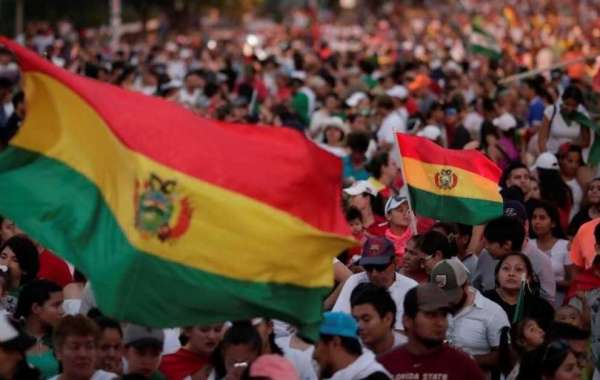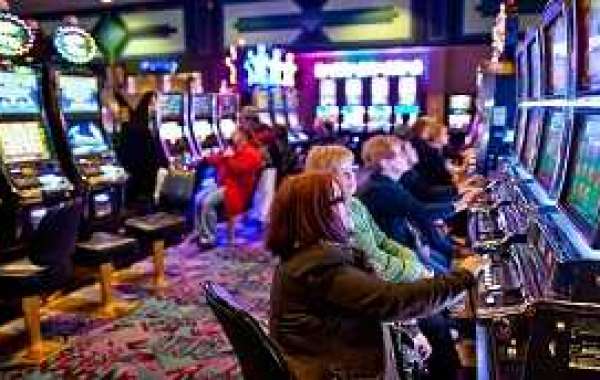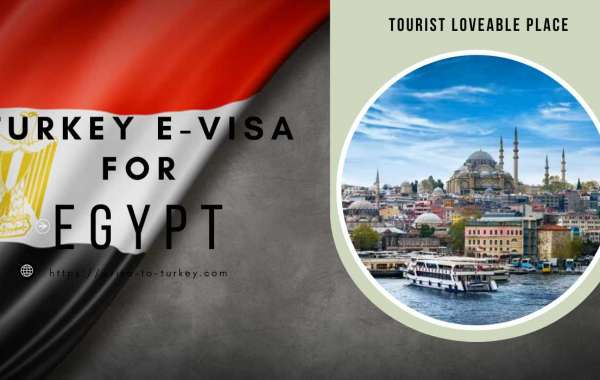The total population of Bolivia is 11,215,674 people. The people of Bolivia speak the Spanish, Uru, Aymara and Puquina languages. The linguistic diversity of Bolivia is vaguely diverse according to a fractionation scale, which is 0.224 for Bolivia. The average age is about 23.4 years. Life expectancy in Bolivia is 68. Female fertility rate in Bolivia is 3.2. Around 18% of the population of Bolivia is obese. Ethnic diversity is quite diverse according to a fractionation scale, which for Bolivia is 0.7396. Details of the language, religion, age, gender distribution and advancement of the people of Bolivia can be found in the sections below, as well as the section on education in the country.
Population
In Bolivia, the population density is 9.46 people per square kilometer (25 per square mile). Based on these statistics, this country is considered very sparsely populated. The total population of Bolivia is 11,215,674 people. Bolivia has approximately 154,330 foreign immigrants. Immigrants in Bolivia make up 0.1 percent of the total number of immigrants worldwide. Immigrants in Bolivia make up 1.4 percent of the total number of immigrants worldwide. The ethnic diversity of Bolivia is quite diverse according to a fractionation scale based on ethnicity. Ethnic Fractionation (EF) deals with the number, size, socioeconomic distribution, and geographic location of diverse cultural groups, usually within a state or some other demarcated area. Specific cultural characteristics can refer to language, skin color, religion, ethnicity, customs and traditions, history, or other distinctive criteria, alone or in combination. These characteristics are often used for social exclusion and power monopolization. The index of ethnic fractionation in Bolivia is 0.7396. This means that there is a relatively high number of unique ethnic groups in Bolivia. EF is usually measured as 1 minus the Herfindahl concentration index of ethnolinguistic group proportions, which reflects the probability that two randomly drawn individuals from the population belong to different groups. The theoretical maximum of EF of 1 means that each person belongs to a different group. Below you will find statistics for Bolivia on the average age and gender distribution at different ages.
Gender
The sex ratio, or the number of males for each female (estimated at birth), is 1.05. It can be further divided into the following categories: sex ratio under 15 - 1.04; sex ratio from 15 to 64 - 0.96; sex ratio over 64 - 0.79; total sex ratio - 0.98. Total sex ratio is different from sex ratio estimated at birth. This is due to the fact that some newborns are considered in the sex ratio estimated at birth but pass away within the first weeks of their life and are not included in the total sex ratio.
Religion
The majority religion of Bolivia is Christianity, the followers of which comprise 93.9% of all religious believers in the country. Christianity is an Abrahamic monotheistic religion based on the life and teachings of Jesus Christ as presented in the New Testament. Christianity is the world's largest religion, with over 2.4 billion adherents, known as Christians. Christians believe that Jesus is the Son of God and the savior of humanity whose coming as Christ or the Messiah was prophesied in the Old Testament. Besides Christianity, there are some followers of folk religions in Bolivia. The religious diversity of Bolivia is vaguely diverse according to a fractionalization scale based on the number of religions in Bolivia. The index of religious fractionalization in Bolivia is 0.2085. This score means that within the country there is one major with a few other minor beliefs.
General development
Bolivia is considered to be a developing nation. The developmental stage of a nation is determined by a number of factors including, but not limited to, economic prosperity, life expectancy, income equality, and quality of life. As a developing nation, Bolivia may not be able to offer consistent social services to its citizens. These social services may include things like public education, reliable healthcare, and law enforcement. Citizens of developing nations may have lower life expectancies than citizens of developed nations. In Bolivia, 34.19 in every 100 people use internet. Bolivia has a Human Development Index (HDI) of 0.667. Bolivia has an upper medium HDI score. This indicates that the majority of citizens will be able to attain a desirable life, though some citizens will not be able to achieve high living standards. The migration rate in Bolivia is -0.62%. In Bolivia, 39% of the population lives below the poverty line. The percentage of citizens living below the poverty line in Bolivia is fairly high, but is not reason for complete concern with regard to investments. Potential financial backers should look at other economic markers, including GDP, urbanization rate, and strength of currency, before making any decisions regarding investments.





